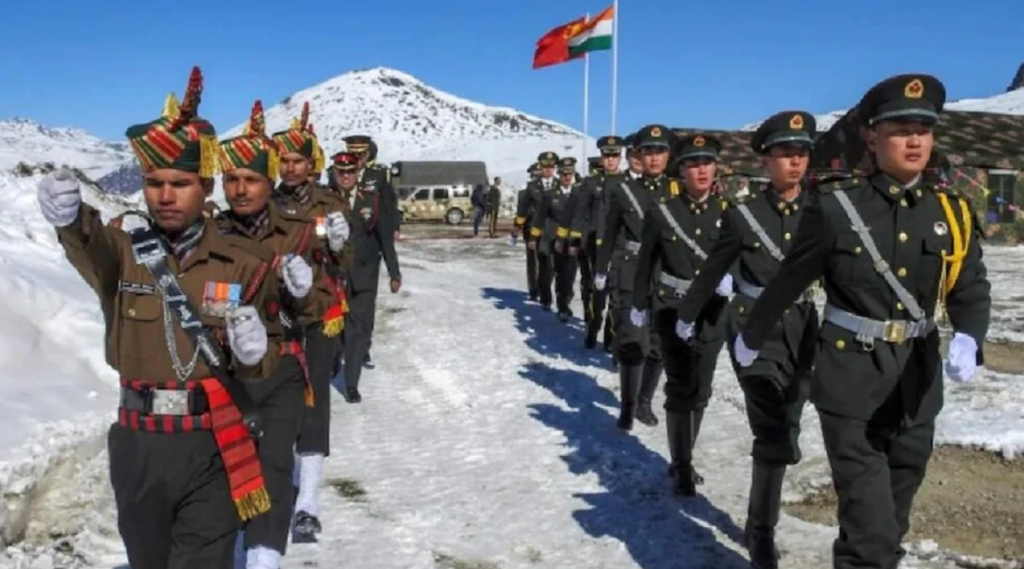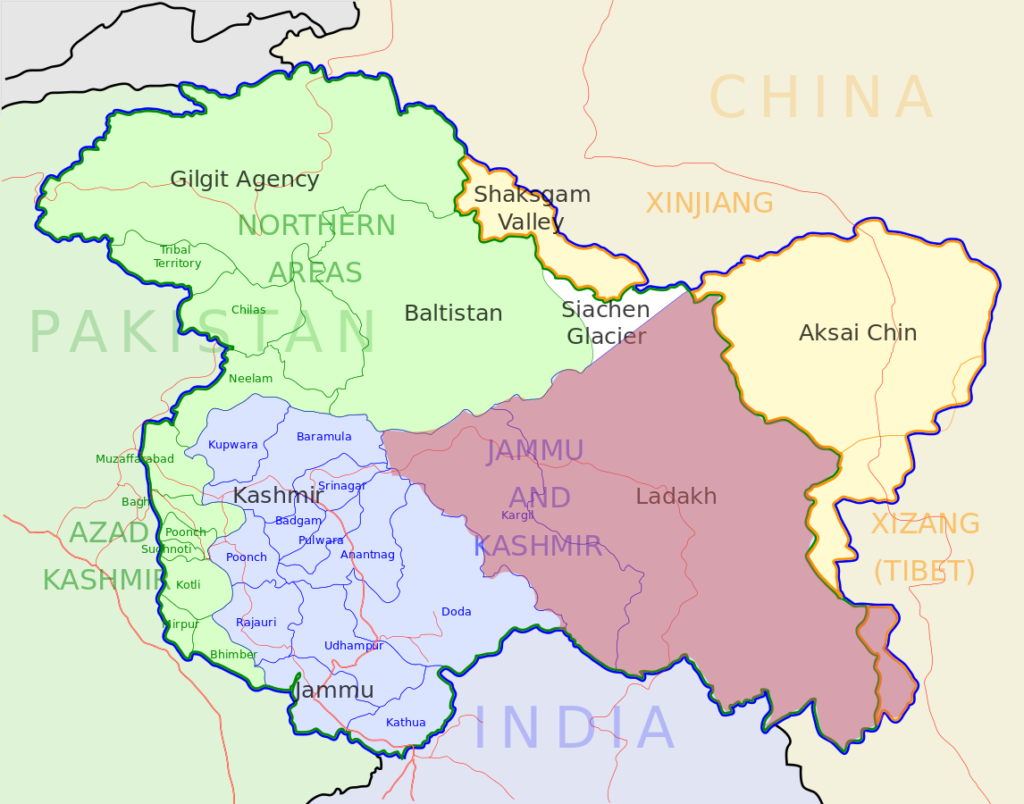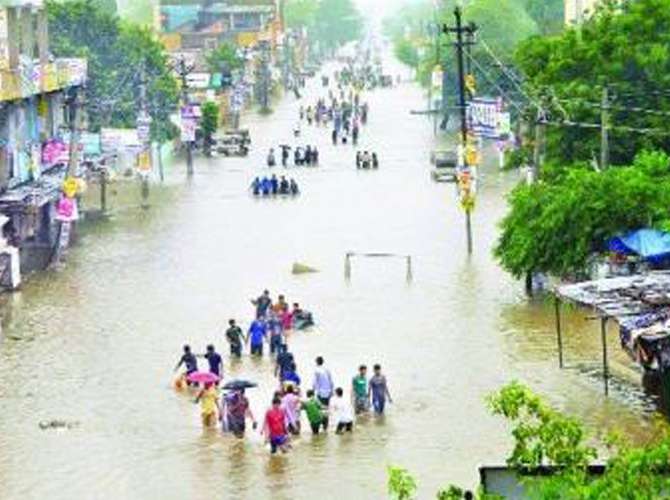
INTRO
On December 9, 2022, soldiers in the People’s Liberation Army (PLA) attempted to cross the Indo-China
border. Members of the Indian Armed Forces repelled the PLA, resulting in a direct conflict. The incident occurred while China made assurances about border stability.
In response, Open-source reports indicate India’s Ministry of Defence procured 120 Pralay ballistic missiles likely to be deployed at the border, test fired an extended range version of the BrahMos Air missile, and conducted a flight test of the Agni 5, a long-range surface-to-surface nuclear capable ballistic missile.
BACKGROUND
The India-China border conflict dates back to the 1950s, when China occupied Tibet, refusing to recognize the border treaty signed by Tibet and British India in 1914. China states that Tibet was not independent at the time and could not sign border agreements. The two countries fought a brief, bloody war in 1962, and while a ceasefire was eventually reached, the border dispute remains unresolved.
China currently controls a large chunk of seceded British Indian territory claiming more in Ladakh and the whole of Arunachal Pradesh state of India.

Recent deterioration in India-China relations began when both armies confronted each other in eastern Ladakh in 2020, causing casualties on both sides. Since then, both armies have deployed significant personnel and weaponry along their borders. This includes intelligence units, large garrisons and missile systems. The construction of bridges, roads, rail networks and runways on both sides indicate a possible preparation for long term conventional war. Higher level military negotiations are conducted frequently leading to partial disengagements. But such repeated incidents will keep the region volatile.
China has similar claims over Bhutan and Nepalese territories. As Bhutan is aided by India, border
encroachments into Bhutanese territory attracts Indian involvement. The Doklam standoff in 2017
was one such case when PLA tried to enter Doklam plateau in Bhutan. It resulted in a direct standoff
between Indian and Chinese forces.
The Himalayan border with India is the only land boundary issue faced by China, which gives it advantage
to deploy as much force as necessary. For India, an all-time conflict with Pakistan which
resulted in four major wars and cross border terrorism in Kashmir is a constant security concern. The
western borders with Pakistan, mainly the Kashmir cannot be left less guarded in any case. While
Pakistan being a part of Belt and Road Intiative and is in debt to China, it can use Pakistan as proxy for a
multi-frontal military pressure. In such a case, India is likely to receive aid from allied nations like
QUAD members.
It’s also important to consider that China is an upstream superpower in Asia and that India in the past had faced big problems related to water sharing from China. These include turbidity increase, blackening of waters, stoppage of hydraulic data sharing and reports of construction of series of dams in the upstream. Several Indian regions falling in the downstream areas thus had faced unprecedented floods, drought like situations in the past.

The most recent of these is the announcement of a huge hydro-electric dam across the Brahmaputra River. Four other dams are already coming up in the same geographical area. The Himalayan region is also prone to high seismic activity, which could potentially lead to earthquakes.
THE TAKEAWAY
In an era of global concern to Chinese aggression in political, military and economic fronts, the India-
China border issue has more significance than in the past. India’s political and military posture has
also developed significantly. A military conflict will not resolve the issue and the same is unlikely
considering the economic, military and political factors. But while India stands firmly with others
against China on issues as Taiwan, the South China Sea, and its increased engagements in the Indian ocean region, China will continue to apply pressure at the border.
